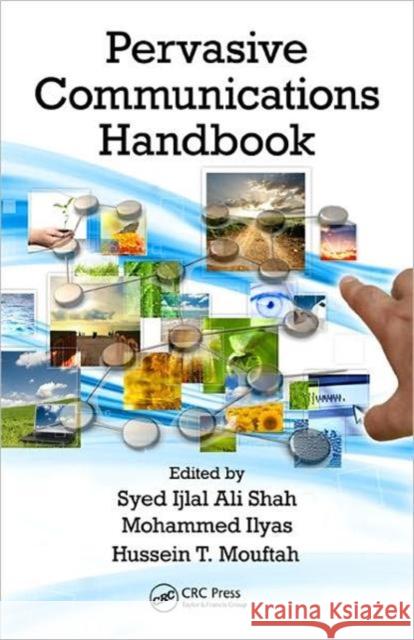Pervasive Communications Handbook » książka
Pervasive Communications Handbook
ISBN-13: 9781420051094 / Angielski / Twarda / 2011 / 500 str.
Pervasive Communications Handbook
ISBN-13: 9781420051094 / Angielski / Twarda / 2011 / 500 str.
(netto: 952,33 VAT: 5%)
Najniższa cena z 30 dni: 957,11
ok. 22 dni roboczych
Dostawa w 2026 r.
Darmowa dostawa!
In an emergency, availability of the pervasive communications environment could mean the difference between life and death. Possibly one of the first guides to comprehensively explore these futuristic omnipresent communications networks, the Pervasive Communications Handbook addresses current technology (i.e., MAC protocols and P2P-based VoD architecture) and developments expected in the very near future, when most people and places will be virtually connected through a constant and perpetual exchange of information. This monumental advance in communications is set to dramatically change daily life, in areas ranging from healthcare, transportation, and education to commerce and socialization. With contributions from dozens of pioneering experts, this important reference discusses one-to-one, one-to-many, and many-to-one exchanges of information. Organized by the three key aspects technology, architecture, and applications the book explores enabling technologies, applications and services, location and mobility management, and privacy and trust. Citing the technology s importance to energy distribution, home automation, and telecare among other areas, it delves into topics such as quality of service, security, efficiency, and reliability in mobile network design, and environment interoperability."
A resource for the future of communication, this handbook on pervasive communication is designed for the quickly arriving time when we will be continuously connected to one another, and the exchange of information will dramatically impact all aspects of our daily life, including healthcare, education, commerce, and socialization. Serving as a comprehensive reference with contributions from dozens of pioneering experts, in addition to an extensive introduction, this resource will offer multi-authored sections on enabling technologies, applications and services, location and mobility management, and privacy and trust. Bibliographic information will provide the opportunity for further research.











